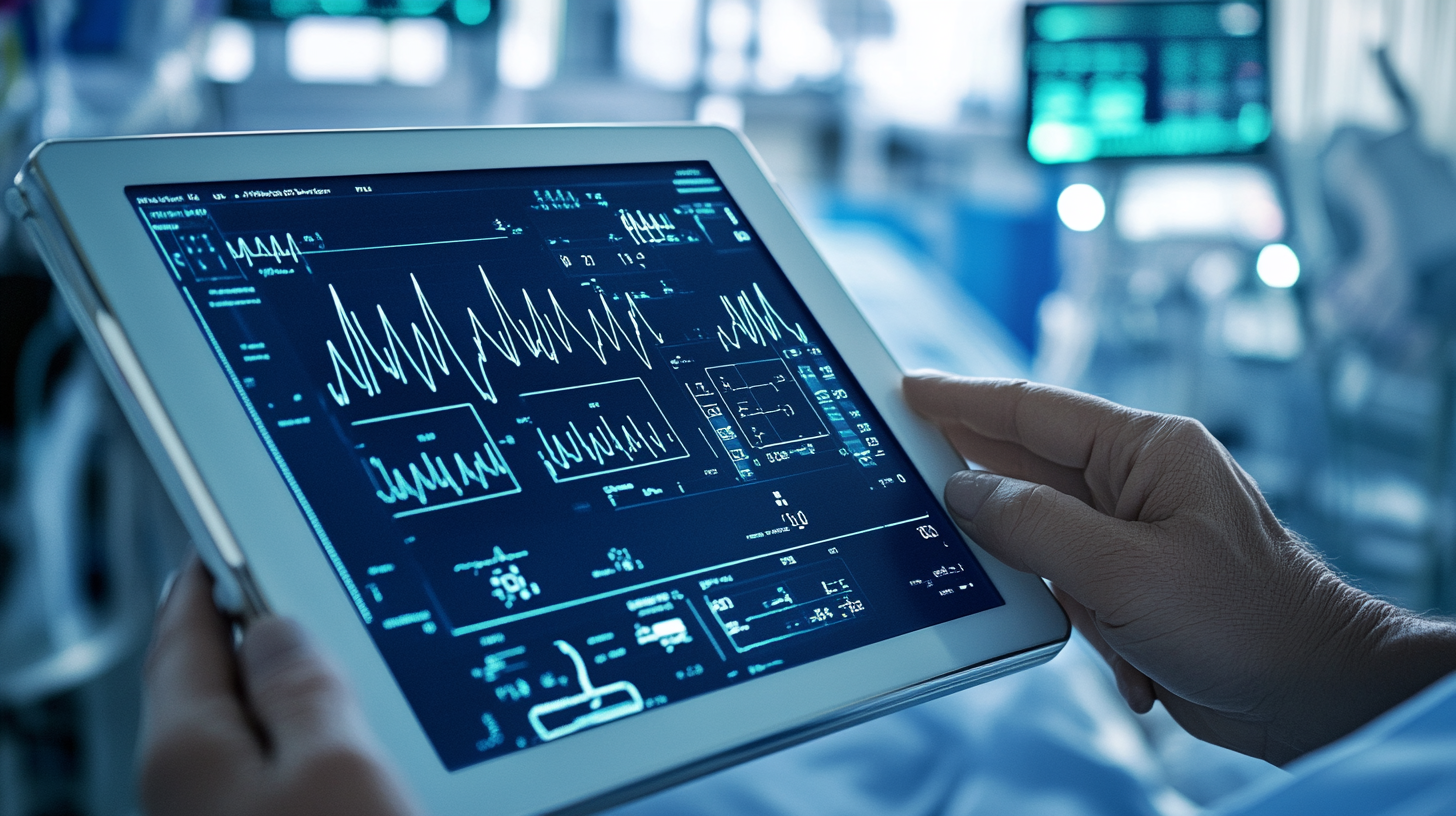Why Mentat?
The Problem
Modern hospitals rely heavily on Electronic Medical Records (EMR) and Healthcare Management Systems (HMS), yet they still struggle with lengthy, error-prone manual tasks. Mentat was born out of the need to reduce the complexity of recording symptoms, patient histories, and verbal reports.
Numerous studies indicate the challenges of implementing EMRs. Even after adoption, they can create barriers for easy and intuitive information access (Rajkomar et al., 2019).
Field Survey
We surveyed medical staff at the Sidney Kimmel Comprehensive Cancer Center, focusing on how much time they spent on patient data recording and retrieval.
- 30+ minutes per patient interview and standard symptom analysis.
- 2+ minutes per patient searching for data within EMR.
These inefficiencies translate into time lost, increased potential for errors, and added frustration.
Patent Survey
To understand if similar devices existed, we analyzed several patents dealing with automated question-asking and symptom collection. While some aspects overlap (e.g., audio-based patient interaction), Mentat stands out by functioning as a comprehensive tablet device that can be used independently for preliminary patient interviews and integrated seamlessly with existing hospital data flows.

Pitch
Medical staff often complain about the time spent inputting patient information, especially in critical scenarios. Mentat offloads that burden by having natural conversations with waiting patients. The device summarizes key findings and organizes them for clinicians, who can then focus on providing the best possible care.
“Our tool navigates large databases to ask the best questions for each individual patient, just as a physician would.” — Mentat Core Team
Future Plan
Our roadmap includes:
- Finalizing a handheld tablet with robust offline functionalities.
- Conducting pilot tests in select hospitals to demonstrate time and cost savings.
- Extend the language model testing, generating a larger dataset.
Summary
Mentat aims to streamline data collection, reduce manual errors, and enhance diagnostic support for clinicians. Our solution stands as an effective tool for busy healthcare environments, combining advanced AI with user-centric design to improve both patient and provider experiences.